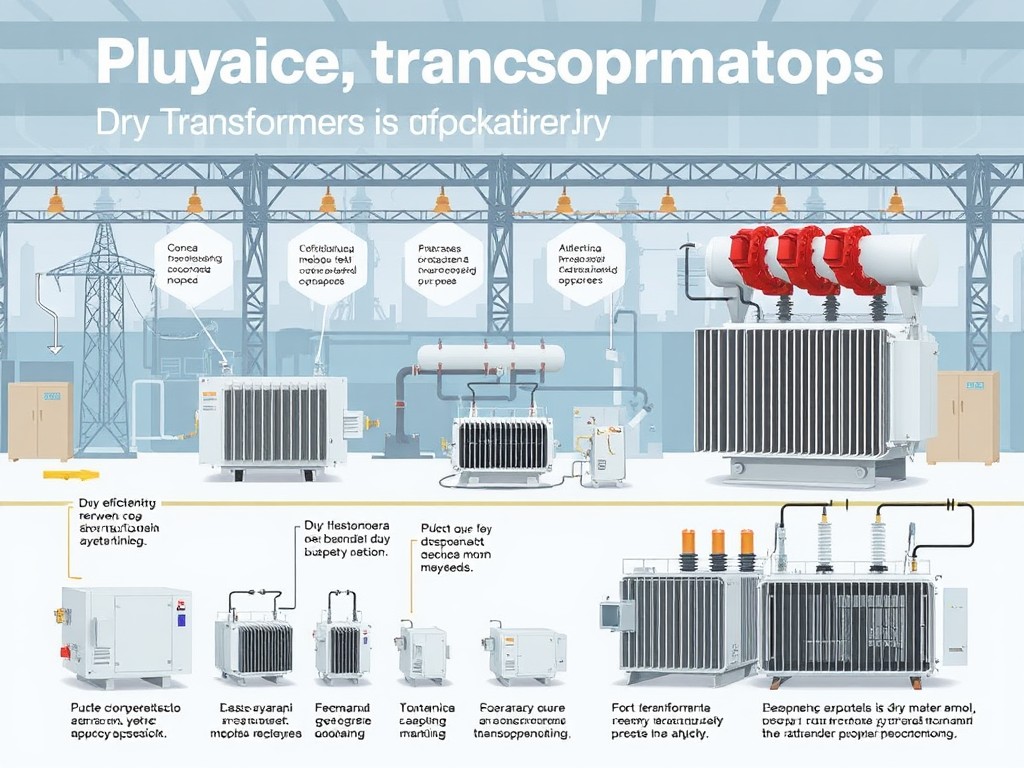

The Development of Transformers in China: A Focus on the Russian Market
The Development of Transformers in China: A Focus on the Russian Market
Introduction
Transformers are essential components in electrical systems, enabling the efficient transmission and distribution of electrical energy. In recent years, China has emerged as a global leader in transformer manufacturing, significantly impacting the international market, including Russia.
The Evolution of Transformers in China
The history of transformer development in China dates back to the early 20th century. Initially, the country relied heavily on imported technology. However, by the 1950s, China began to invest in domestic manufacturing capabilities. The establishment of state-owned enterprises laid the foundation for significant advancements in transformer technology.
By the 1980s and 1990s, China had made substantial progress. The economic reforms opened up opportunities for collaboration with international companies, leading to technology transfers and improved manufacturing processes. As a result, Chinese transformers became known for their quality and efficiency.
Current Landscape
Today, China is not only the largest producer of transformers but also a key player in innovation. With advancements in smart grid technology and renewable energy integration, Chinese manufacturers are developing transformers that meet the demands of modern electrical systems.
Importance of the Russian Market
Russia presents a unique opportunity for Chinese transformer manufacturers. The country's vast geography necessitates a reliable and efficient electrical infrastructure. Given the growing demand for energy and modernization of the power grid, Russian companies are increasingly looking to China for high-quality transformers.
Friendly Relations and Collaborations
The relationship between China and Russia has strengthened in recent years, leading to increased cooperation in various sectors, including energy. Joint ventures and partnerships have emerged, fostering technological exchange and enhancing the capabilities of both countries in the energy sector.
Additionally, China's Belt and Road Initiative has paved the way for infrastructure projects in Russia, creating further demand for transformers. As both countries work toward sustainable energy solutions, the collaboration is poised to benefit both economies.
Conclusion
China's journey in transformer development reflects its commitment to innovation and quality. As the demand for reliable electrical infrastructure grows in Russia, the partnership between Chinese manufacturers and Russian companies is set to thrive. By leveraging technological advancements and friendly relations, both nations can work together to meet the energy challenges of the future.








